
Caring for pet fish can be a great source of joy and satisfaction. But how can you tell if your pet fish are happy living in the aquarium?
To ensure that your pet fish are happy in their aquarium, there are several factors to consider, including water quality, proper lighting, temperature control, oxygenation, tank size, tank mates, nutrition, enrichment, signs of stress, and regular maintenance.
It’s important to keep an eye out for certain behavior and signs that will let you know whether or not your aquarium is suitable for your fish.
1. Understanding Fish Behavior
As a pet owner, it’s important to understand the behavior of your fish to ensure they are happy and healthy in their aquarium. Fish behavior can be influenced by various factors such as water quality, tank size, and the presence of other fish in the tank. Here are some key things to look out for:
- Hiding: It’s natural for fish to hide, especially when they are first introduced to their new environment. However, if your fish is constantly hiding or seems stressed, it could be a sign of poor water quality or overcrowding.
- Fighting: Fish may fight for various reasons such as territory or resources. If you notice aggressive behavior among your fish, it’s important to ensure that there is enough space and resources for all of them.
- Feeding: Each species of fish has its own feeding habits and preferences. Some may be more active during certain times of the day while others may prefer specific types of food.
- Reproduction: Mating behaviors can vary greatly among different species of fish. Some may engage in elaborate courtship rituals while others lay eggs without interaction.
- Swimming patterns: The way your fish swims can also provide insight into its behavior. For example, hovering near the surface could indicate a lack of oxygen in the water.
Understanding these behaviors can help you identify any potential issues with your aquarium and take appropriate action to keep your pet fish happy and healthy.
2. Water Quality
Maintaining good water quality is crucial for the health and happiness of your pet fish. Poor water quality can lead to stress, disease, and even death.
To ensure that your aquarium has optimal water quality, test the water regularly for ammonia, nitrite, and nitrate levels using a reliable testing kit. Keep the tank clean by performing regular water changes and removing any uneaten food or debris.
Also, make sure to choose fish that are well-suited to the type of water in your aquarium, taking into account factors such as pH and hardness. By following these simple steps, you can help ensure that your pet fish thrive in their aquatic home.

3. Aquarium Size
One of the most important factors in keeping your pet fish happy and healthy is providing them with a suitable aquarium size. A small tank can lead to cramped conditions, poor water quality, and stress for your fish.
As a general rule, each inch of fish requires one gallon of water. However, some species may require more space due to their swimming habits or territorial nature.
When choosing an aquarium, consider the adult size of your fish and plan accordingly. Providing your fish with adequate space to swim and explore will help ensure their overall well-being.
| Fish size | Tank size |
|---|---|
| Up to 2 inches | 10 gallons |
| 2-4 inches | 20 gallons |
| 4-6 inches | 30 gallons |
| 6-8 inches | 50 gallons |
| 8-12 inches | 75 gallons |
| 12+ inches | 100+ gallons |
4. Proper Lighting
Proper lighting is essential for the health and happiness of your pet fish. It not only enhances the beauty of your aquarium but also provides the necessary light for plants and fish to thrive.
As a general rule, it’s recommended to provide 10-12 hours of light per day, followed by 10-12 hours of darkness. Direct sunlight should be avoided as it can cause algae growth and temperature fluctuations.
Choosing the right type of lighting, such as LED or fluorescent lights, can also make a significant difference in your aquarium’s overall health. Keep an eye out for signs of stress in your fish, such as lethargy or loss of appetite, which may indicate inadequate lighting.
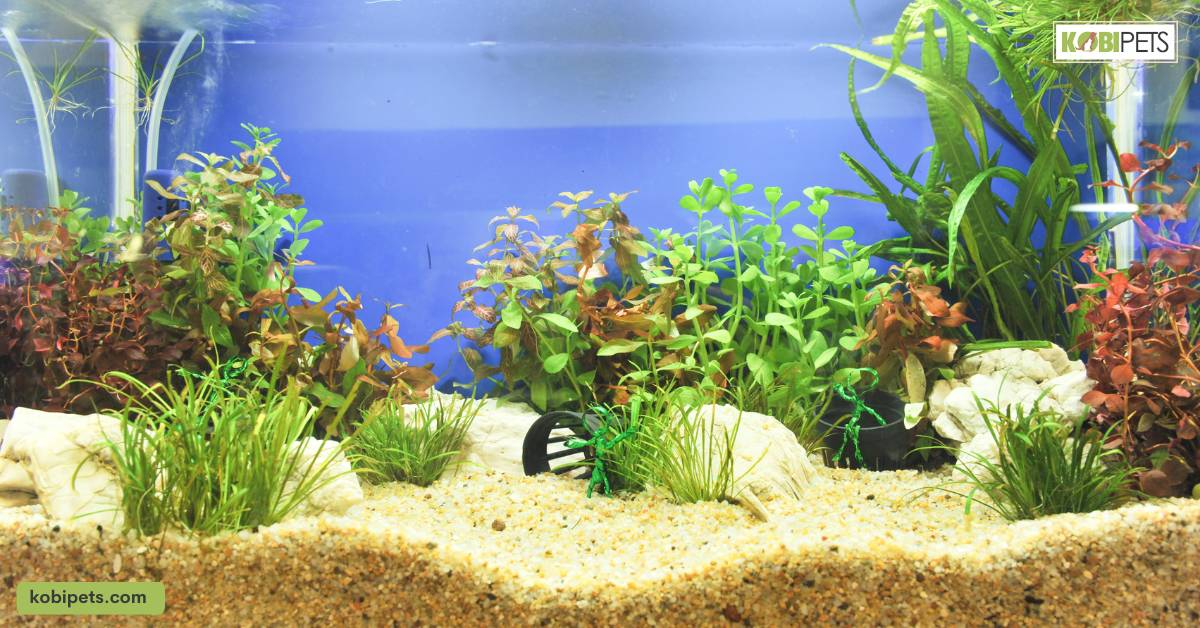
5. Temperature Control
Maintaining the right temperature in your aquarium is crucial for the health and happiness of your fish. Different species have specific temperature requirements, so it’s essential to research their needs before setting up your tank.
As a general rule, most freshwater fish thrive in temperatures between 72-82°F (22-28°C). A thermometer can help you monitor the water temperature and make any necessary adjustments.
Fluctuations in temperature can cause stress and illness in your fish, so it’s crucial to maintain a stable environment. The following table provides some guidelines for popular freshwater fish species:
| Species | Temperature Range |
|---|---|
| Betta | 75-82°F (24-28°C) |
| Goldfish | 68-74°F (20-23°C) |
| Neon Tetra | 70-81°F (21-27°C) |
| Guppy | 75-82°F (24-28°C) |
Keep an eye out for signs of distress in your fish, such as gasping at the surface or lethargy, which may indicate a problem with the water temperature.
6. Oxygenation
Providing adequate oxygenation is crucial for the health and well-being of your pet fish. Fish breathe through their gills, which extract oxygen from the water. If there’s not enough dissolved oxygen in the aquarium, your fish can suffocate and die.
One way to increase oxygen levels is by using an air pump with a diffuser stone, which creates bubbles that agitate the surface of the water, increasing gas exchange.
Another option is to add live plants to your aquarium, which release oxygen during photosynthesis.
Keep an eye out for signs of low oxygen levels, such as gasping at the surface or lethargy, which may indicate inadequate oxygenation.
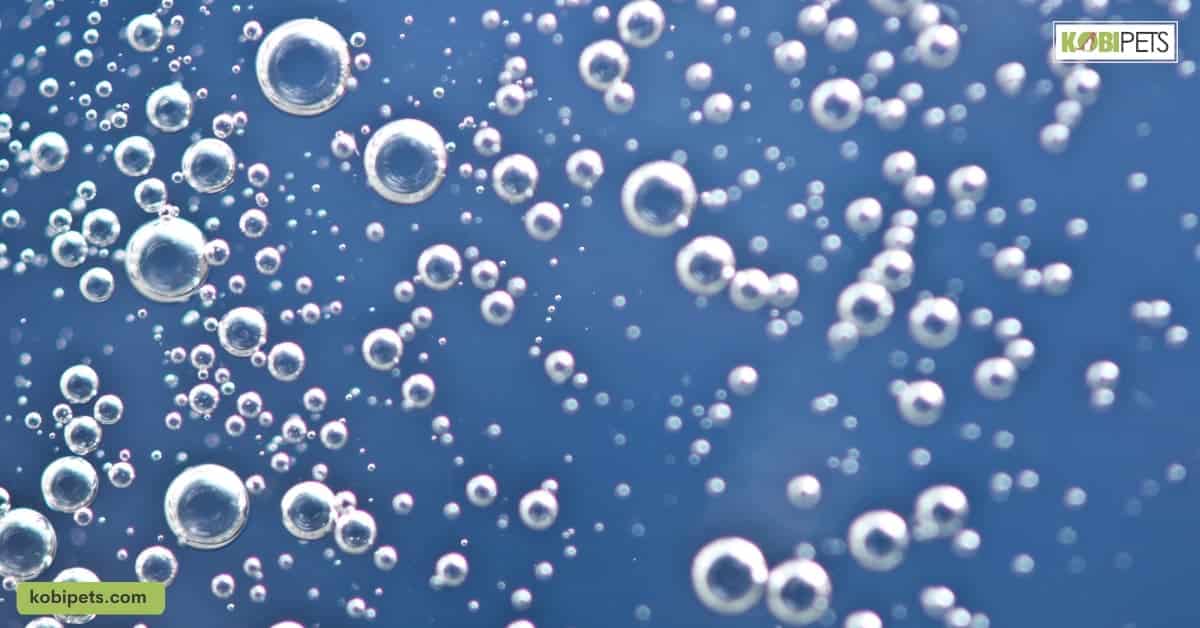
7. Tank Mates
Are your pet fish happy in their aquarium? One way to ensure their happiness is by providing them with compatible tank mates. It’s important to research and choose fish that have similar temperaments, water requirements, and diets.
Some popular choices for community tanks include guppies, tetras, and corydoras catfish. However, it’s essential to avoid aggressive or territorial species that may harm or stress out your other fish.
Additionally, overcrowding can lead to health issues and aggression among tank mates. By carefully selecting compatible tank mates and monitoring their behavior, you can create a harmonious environment for your aquatic pets.
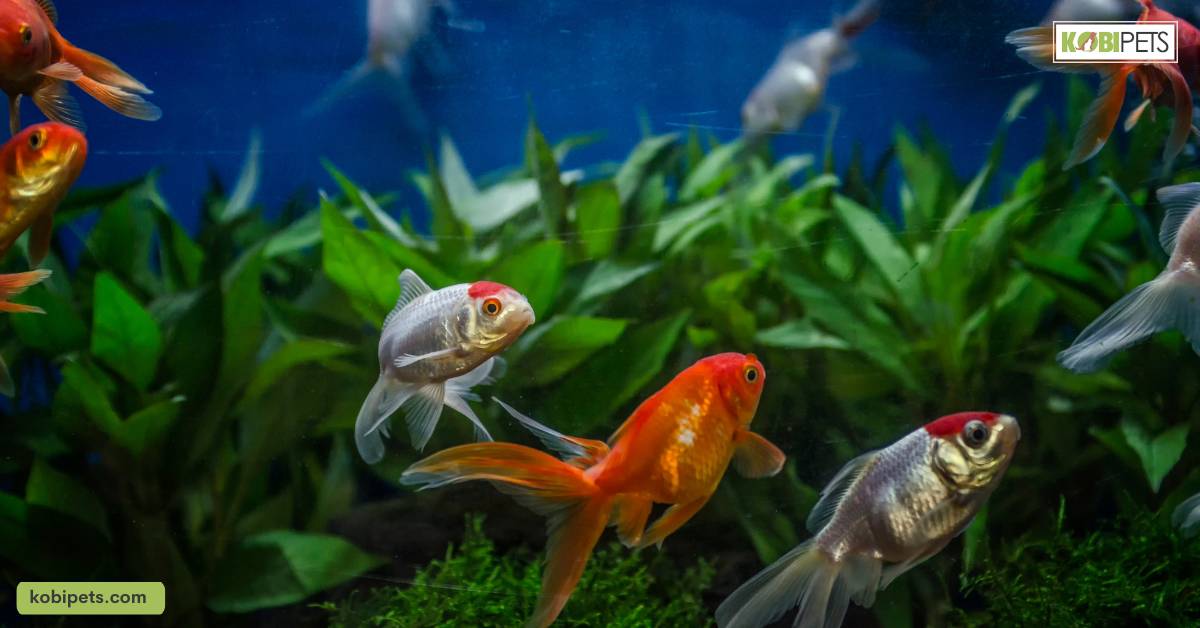
8. Nutrition
Proper nutrition is crucial for the health and happiness of your pet fish. Different species have different dietary requirements, so it’s important to research and provide them with appropriate food.
Some fish may require a diet that includes live or frozen foods, while others may thrive on commercial pellets or flakes.
Overfeeding can lead to health problems and poor water quality, so it’s essential to monitor their feeding habits and adjust accordingly.

9. Enrichment
It’s important to ensure that your fish have a stimulating and enriching environment. Just like land animals, fish enjoy opportunities to perform natural behaviors such as foraging for food, playing, exploring, and socializing. Here are 11 ways to look out for:
- Provide hiding places
- Add plants or decorations
- Vary the water flow
- Use different types of substrate
- Offer live food or treats
- Use puzzles and toys
- Create an obstacle course
- Change the aquarium layout periodically
- Mimic natural lighting conditions
- Play music or provide ambient noise
- Keep the tank clean and well-maintained
By providing enrichment for your fish, you can help improve their mental and physical health while also enhancing their overall quality of life.
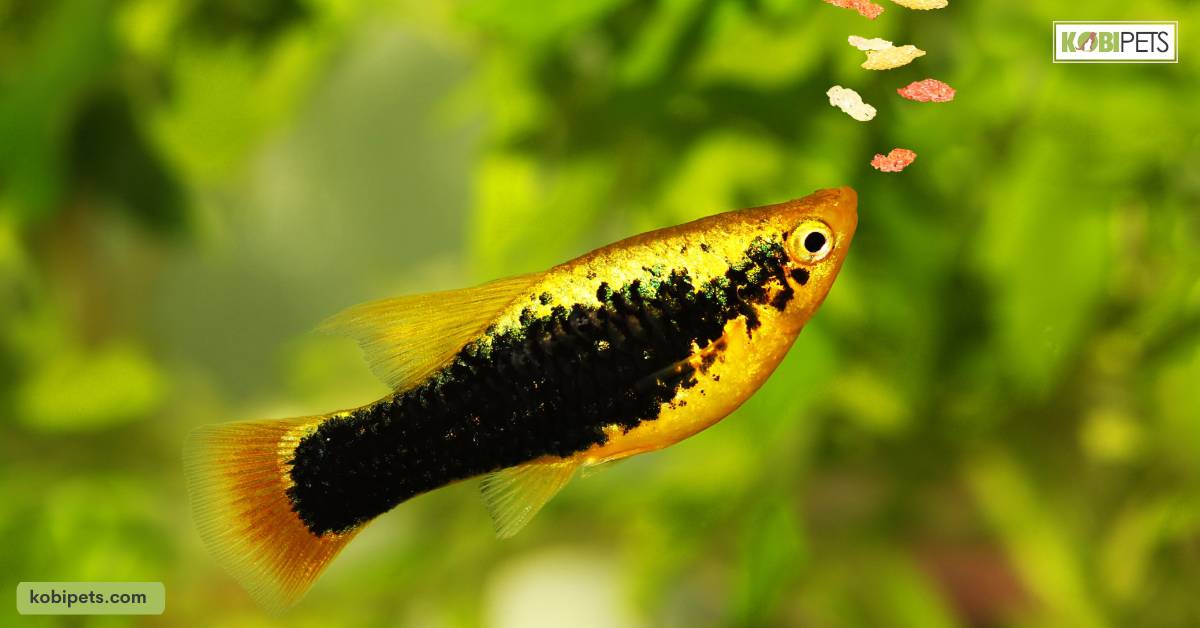
10. Signs of Stress
Are Your Pet Fish Happy in Their Aquarium? It’s important to monitor your fish for signs of stress, which can indicate that their environment or care needs adjustment. Here are some common signs to look out for:
| Sign of Stress | Description |
|---|---|
| Clamped fins | Fins held close to the body |
| Gasping at the surface | Rapid breathing and gulping of air |
| Lethargy | Reduced activity levels or hiding |
| Loss of appetite | Refusal to eat or lack of interest in food |
| Color changes | Dullness, fading, or blotchy patches on scales |
| Aggression | Chasing, nipping, or fighting with other fish |
Other signs may include excessive scratching against objects, abnormal swimming behavior, and unusual growths or lesions. If you notice any of these signs, it’s important to investigate and address the underlying cause.

11. Regular Maintenance
As a fish owner, it’s important to ensure that your pets are happy and healthy in their aquarium. One crucial aspect of this is regular maintenance.
This includes tasks such as cleaning the tank, replacing light bulbs, inspecting and cleaning tubing, fertilizing plants, and servicing the filter. It’s also important to perform regular water changes and test the aquarium water to maintain proper water parameters.
Neglecting regular maintenance can lead to poor water quality, which can cause stress and illness in your fish. By staying on top of these tasks, you can ensure that your pet fish are living in a clean and healthy environment.
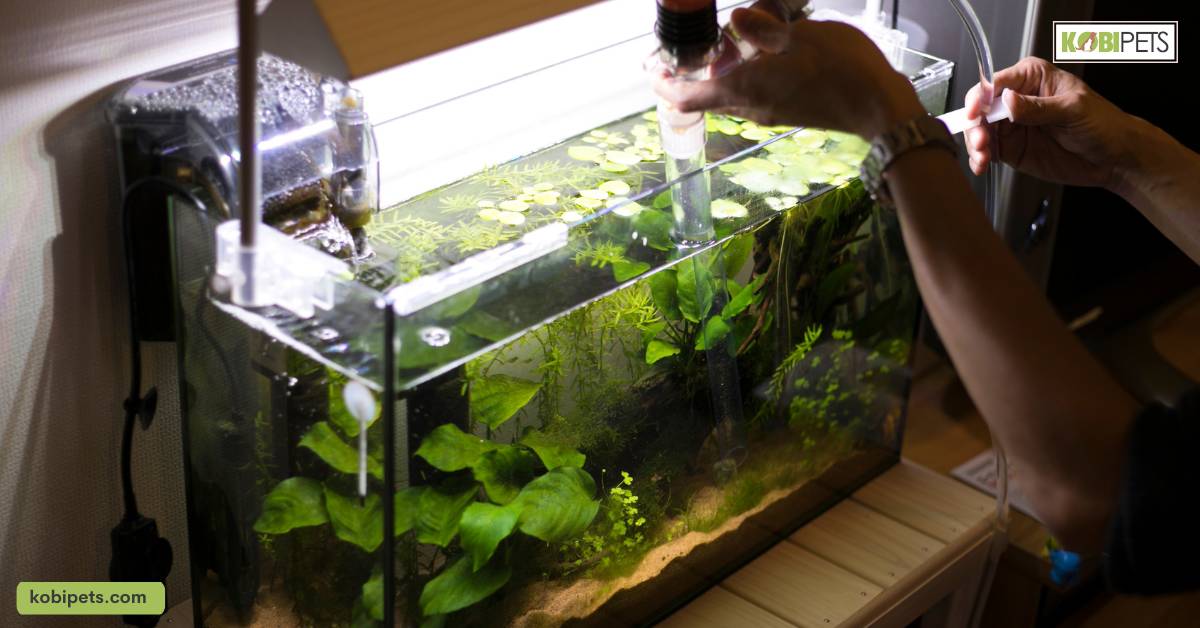
In conclusion
Remember to inspect your fish tank regularly for signs of health problems, damage, and debris. If you notice anything suspicious, act quickly and seek help from a professional.
With the right attention and care, your aquatic friends can live happily and comfortably in their new home away from home.


